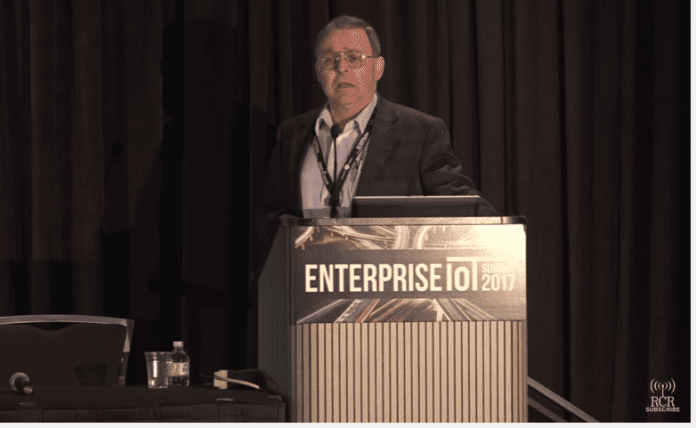Truck platooning: An early application of cooperative vehicle automation
Steven Shladover, California PATH Manager, Partners for Advanced Transportation Technology, Institute for Transportation Studies, UC Berkeley kikcks off a session to unveil an early application of cooperative vehicle automation.
Dr. Shladover was one of the pioneers in the creation of the ITS program in the U.S., beginning with work on founding the California PATH Program in the mid 1980s. He received his bachelors, masters and doctoral degrees in Mechanical Engineering from MIT, where he also satisfied all the course requirements for a doctorate in Transportation Systems. He began working on applications of information technology to improving surface transportation as a graduate student in 1973, and has worked since then on a wide variety of research projects. He combines hard-core engineering expertise in dynamic systems and control with knowledge of transportation system policy, planning and economics, which enables him to effectively apply rigorous analysis methods to complicated transportation problems. He was one of the first researchers to do in-depth investigations of probe vehicle data sampling in the days of the “vehicle infrastructure integration” initiative, identifying limitations in the existing probe sampling protocols and recommending modifications.
Dr. Shladover has been managing a wide range of ITS research projects at PATH, with a particular emphasis on cooperativesystems and vehicle automation. He was the site program manager for PATH’s participation in the National Automated HighwaySystems Consortium (1994-8) and subsequent to that he led PATH’s development of bus and truck platoon systems andcooperative ACC systems. He pioneered the study of cooperative ACC in the U.S., beginning with computer simulations of thepossible effects on traffic flow, which were sufficiently encouraging to lead to the creation of an experimental program. He ledthe development and evaluation of the performance of two generations of CACC systems at PATH, producing the only sustainedbody of research on this subject (and the only implementations on real vehicles) in the U.S.

